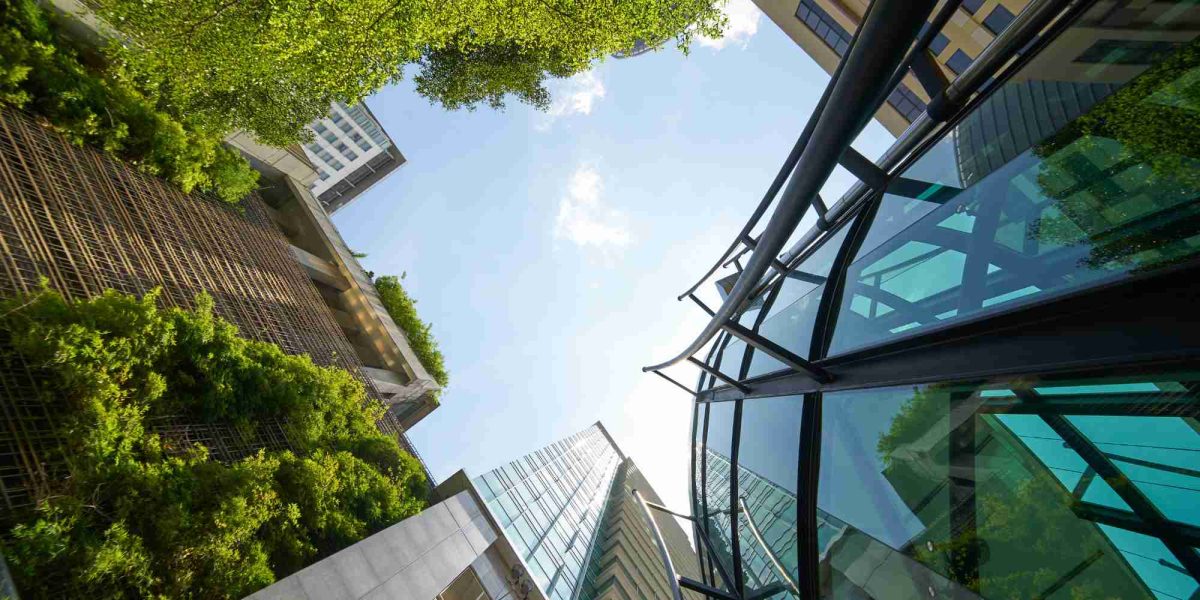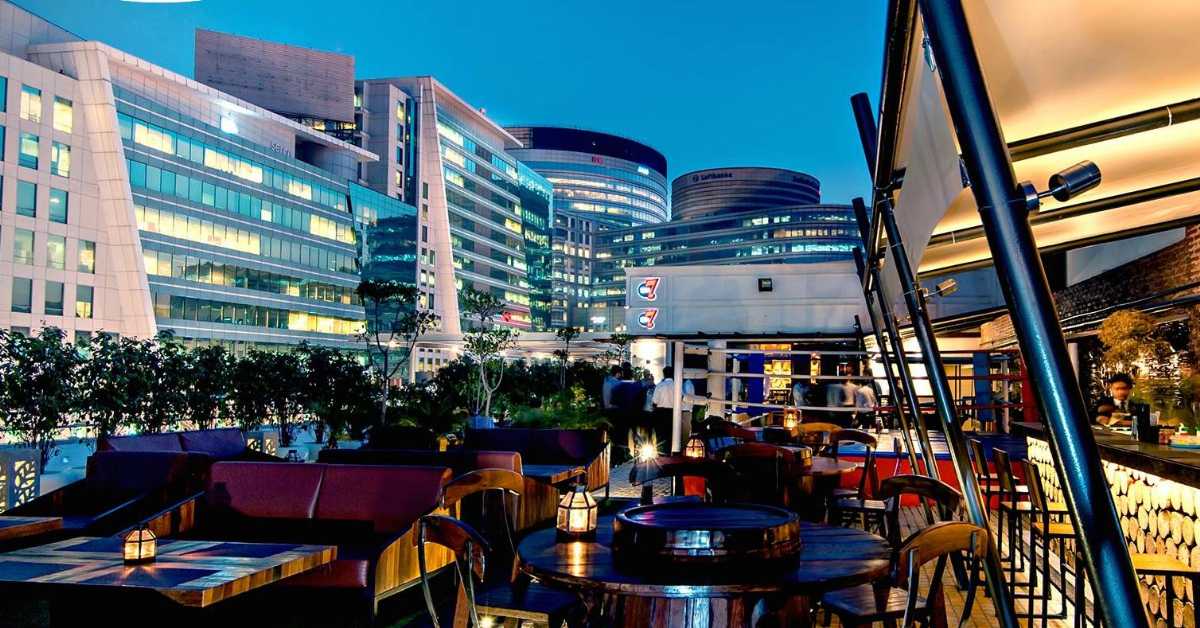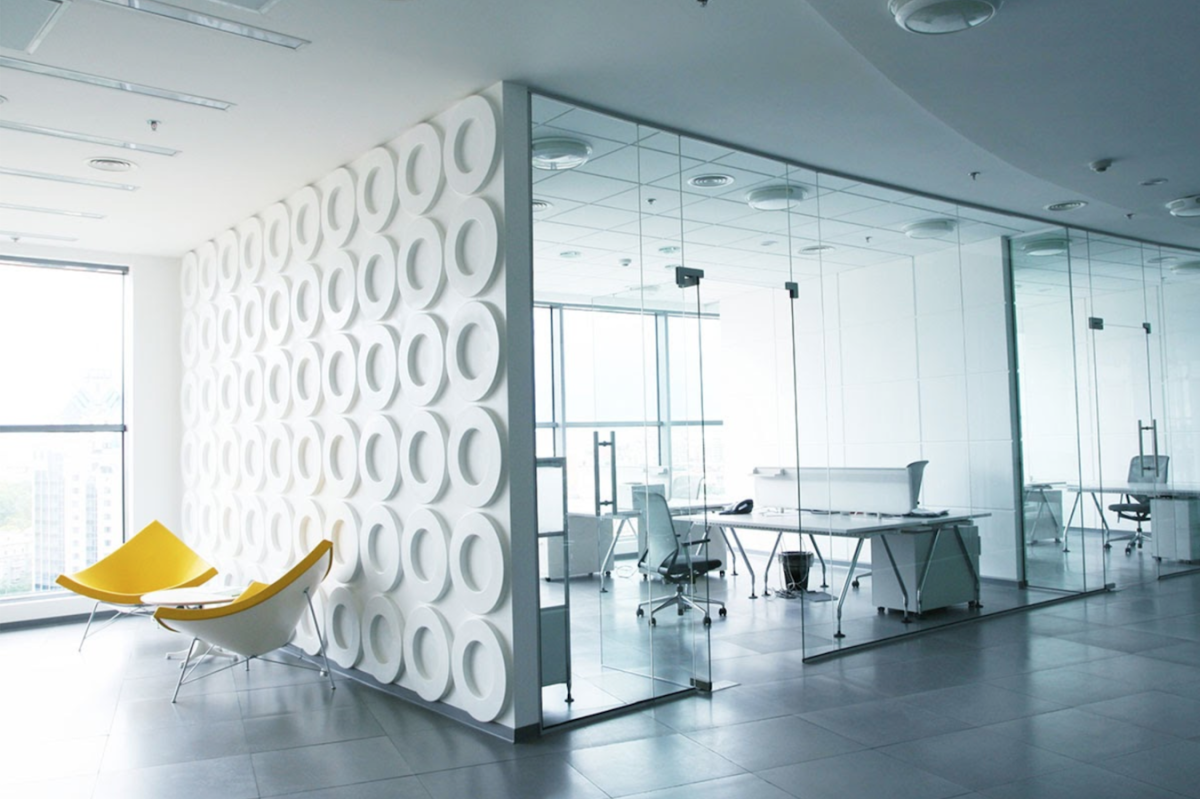Investing in commercial real estate in India can be a lucrative venture if approached strategically. Here are some tips and strategies to consider:
1. Research and Market Analysis
- Understand the Market: Thoroughly research the current market trends, demand-supply dynamics, and future growth prospects of different locations.
- Target High-Growth Areas: Focus on cities and regions with strong economic growth, infrastructure development, and urbanization, such as Mumbai, Bengaluru, Delhi-NCR, Hyderabad, and Pune.
- Analyze Property Types: Consider various types of commercial properties like office spaces, retail shops, industrial properties, and co-working spaces. Each has its unique demand and return potential.
2. Financial Planning
- Budgeting: Establish a clear budget, including purchase price, renovation costs, and contingency funds.
- Financing Options: Explore various financing options, such as bank loans, NBFCs, and private lenders. Compare interest rates, loan terms, and eligibility criteria.
- Return on Investment (ROI): Calculate potential ROI, considering rental yields, capital appreciation, and tax benefits.
3. Legal Due Diligence
- Title Verification: Ensure clear and marketable title of the property to avoid legal disputes.
- Zoning Regulations: Verify compliance with local zoning laws and land use regulations.
- Lease Agreements: Draft comprehensive lease agreements covering rent, tenure, maintenance, and renewal terms to protect your interests.
4. Location and Accessibility
- Prime Locations: Choose properties in prime locations with good connectivity, infrastructure, and amenities.
- Proximity to Business Hubs: Properties near business districts, IT parks, industrial areas, and transportation hubs attract higher demand and rental income.
- Future Development: Assess upcoming infrastructure projects like metro lines, highways, and commercial centers that can enhance property value.
5. Tenant Management
- Tenant Selection: Screen potential tenants carefully, considering their financial stability, business reputation, and lease terms.
- Long-Term Leases: Aim for long-term leases with reputable tenants to ensure steady cash flow and lower vacancy risks.
- Property Management: Hire professional property management services for efficient maintenance, rent collection, and tenant relations.
6. Diversification
- Property Types: Diversify investments across different property types to spread risk.
- Geographic Diversification: Invest in multiple cities or regions to mitigate location-specific risks.
7. Tax Benefits and Incentives
- Tax Deductions: Take advantage of tax deductions available for mortgage interest, property taxes, and depreciation.
- Government Incentives: Stay updated on government schemes and incentives for commercial real estate investments, such as SEZ benefits and Smart City projects.
8. Exit Strategy
- Market Timing: Monitor market conditions and choose the right time to sell or lease the property for maximum returns.
- Alternative Uses: Consider alternative uses or redevelopment potential of the property to increase its value and marketability.
9. Risk Management
- Insurance: Insure the property against risks like fire, theft, natural disasters, and liability claims.
- Contingency Plans: Have contingency plans in place for economic downturns, market fluctuations, and tenant defaults.
10. Stay Informed
- Market Trends: Keep abreast of market trends, policy changes, and economic indicators affecting the commercial real estate sector.
- Professional Advice: Consult with real estate experts, financial advisors, and legal professionals to make informed investment decisions.
By carefully considering these strategies and conducting thorough due diligence, you can enhance your chances of success in the commercial real estate market in India.










